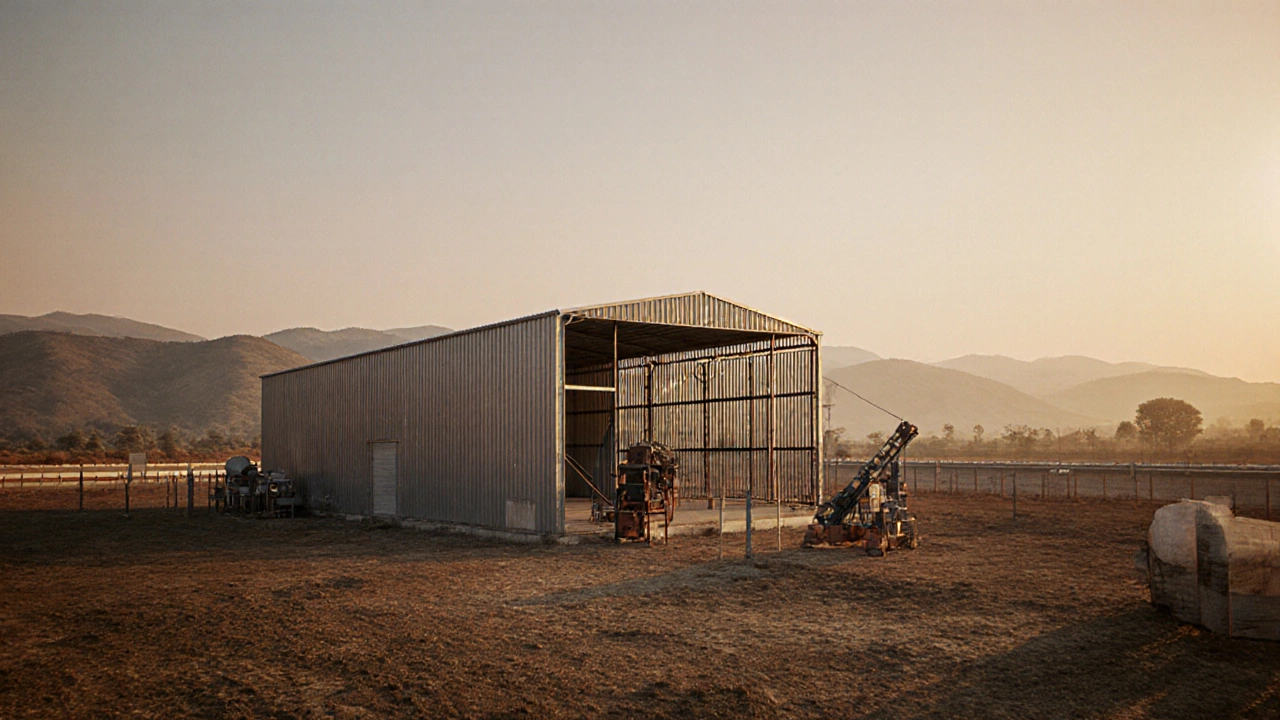Manufacturing Investment India
When talking about manufacturing investment India, the flow of capital into new factories, upgrades, and tech adoption across the country. Also known as manufacturing funding in India, it Make in India a government push that bundles incentives, tax breaks, and market access with broader economic goals. Factory funding covers loans, equity, and grants that help companies start or expand plants, while industrial policy sets the rules, standards, and subsidies that shape investment decisions. Together they form the backbone of India’s push to become a global manufacturing hub.
Why the momentum is real right now
First, the government’s Make in India drive has turned policy into money. Recent revisions to the Production‑Linked Incentive (PLI) scheme mean extra cash back for high‑tech output, pushing investors to chase sectors like electronics, automotive, and pharma. Second, banks and fintech firms are loosening credit terms, so factory funding is more accessible than it was a few years ago. Third, the shift toward green manufacturing is creating a new wave of grants for energy‑efficient equipment, linking industrial policy directly to sustainability targets. In short, the three pieces – policy, money, and green goals – are working together to accelerate manufacturing investment India sees every quarter.
These forces also affect small scale industry businesses that traditionally struggled to get big loans. New credit lines tailored for MSMEs mean a backyard gear plant can now afford a CNC machine that used to cost a fortune. The ripple effect is clear: more small players mean higher competition, which forces larger firms to upgrade faster, feeding back into the overall investment cycle. That’s why you’ll notice a surge in articles about startup factories, equipment upgrades, and regional hubs like Baddi, Hyderabad, and Gujarat – all under the same manufacturing investment India umbrella.
So, what does this mean for someone planning a new plant or looking to expand? First, map the incentives: check the latest PLI lists, state‑level subsidies, and export promotion schemes. Second, line up the capital: compare traditional bank loans with non‑bank financing, venture debt, or even crowd‑funded options that target green projects. Third, align with policy: ensure your production methods meet the new energy‑efficiency standards, because non‑compliance can block funding. By treating investment as a three‑step equation – policy + money + compliance – you cut down on surprises and speed up the rollout.
The data behind these trends is compelling. According to a 2024 industry report, manufacturing capex grew by 12% YoY, with the highest jumps in automotive components and renewable‑energy equipment. The same report shows that firms leveraging PLI incentives enjoyed an average 18% higher ROI compared to those that didn’t. These numbers reinforce the semantic triple: manufacturing investment India encompasses capital incentives, requires policy alignment, and is driven by green objectives. When you see a post about “Toyota engine plant” or “pharma hub rankings”, you’re actually looking at case studies that illustrate those triples in action.
What’s also interesting is how regional dynamics play a role. States like Karnataka and Maharashtra have built dedicated industrial corridors with ready‑made plots, utility hookups, and single‑window clearance. This reduces the time‑to‑operate for new investors, turning the often‑cited “red‑tape nightmare” into a smoother experience. Meanwhile, the Northeast is getting its own push, with special tax holidays aimed at attracting labor‑intensive manufacturing. All these sub‑entities – state corridors, tax holidays, and sector‑specific incentives – nest under the larger concept of manufacturing investment India and help explain why the landscape feels both vast and highly targeted.
Below you’ll find a curated set of articles that unpack each of these angles. From deep dives into how food processors fit into commercial kitchens, to step‑by‑step guides on launching a small‑scale industry, each piece adds a layer to the big picture of manufacturing investment India. Whether you’re a seasoned plant manager or just sketching out a business plan, the collection offers practical tips, real‑world numbers, and clear next steps to help you navigate the funding maze, leverage policy tools, and position your operation for growth.
Small Factory Cost in India: Detailed Breakdown & Budget Guide
Explore the full cost breakdown of starting a small factory in India, from land and machinery to licenses and government subsidies, with a detailed budget guide.
Read More




